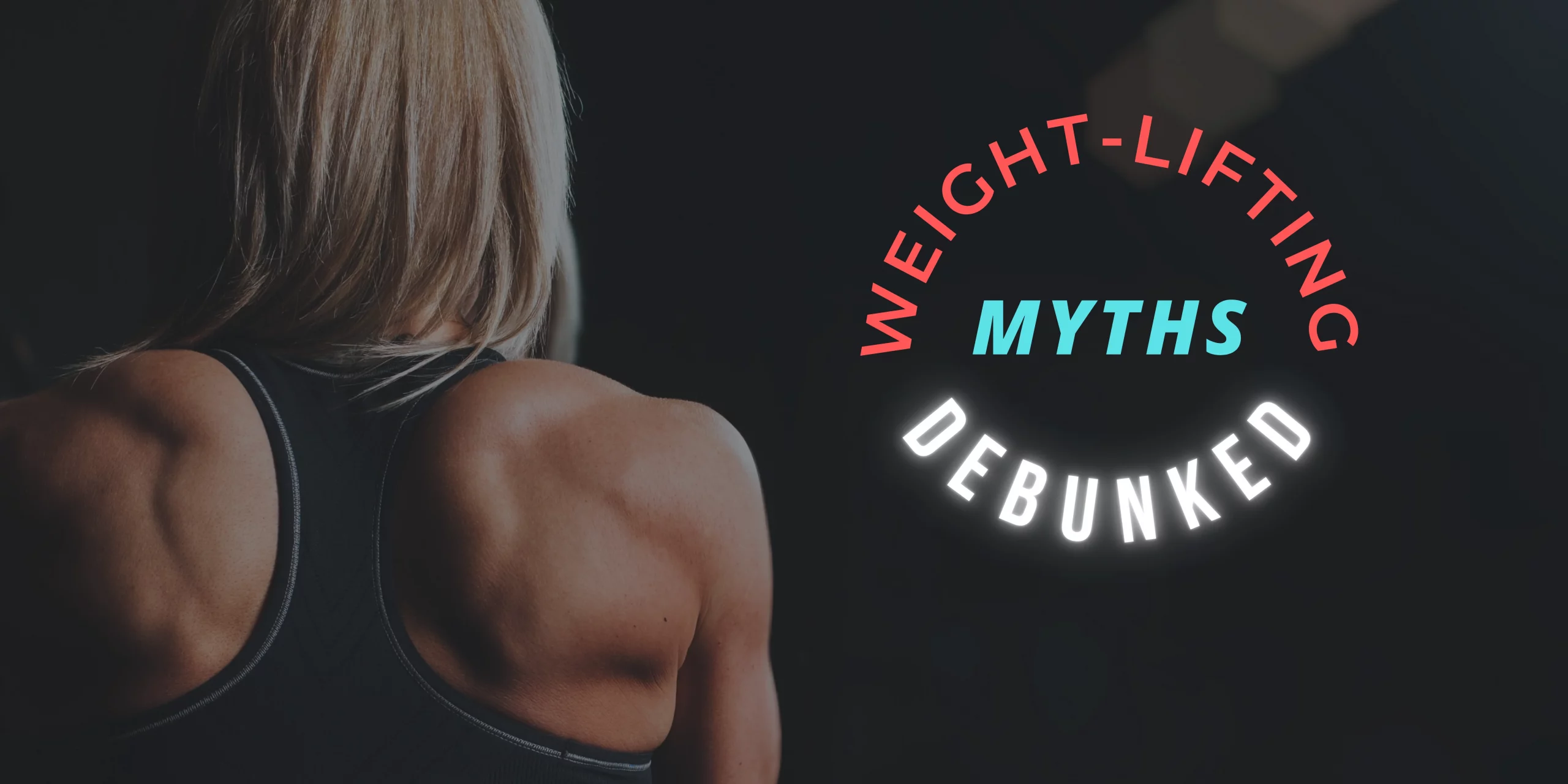Weight Lifting and Strength Training: 10 Worst Myths Debunked

Weight-lifting is a crucial aspect of fitness. Lifting heavy weights helps one to get stronger, nimble, and prepare for other functional activities. But it does come with some common myths and misconceptions.
Table of Contents
The Origin Behind Weight-Lifting Myths
Weight lifting’s origins has been traced back to at least 2000 B.C. Ancient Egyptians and Greeks are known to lift heavy stones to measure ones strength. This simple concept is still applicable, and the number of movements with has increased throughout the millennia. The original “strongmen” were men as lifting weights were not considered womanly.
Also since men were trained to fight wars, strength training helped them get the desired levels of fitness. This societal mindset has not been updated to reflect modern values, so some myths are carried out through the centuries. Try to keep understand why these are not applicable in today’s medical and societal values.
Weight lifting and Strength Training Myths:
1. Lifting weights makes you bulky.
One of the most prevalent myths is that lifting weights will make you overly muscular and bulky. In reality, gaining significant muscle mass requires specific training, diet, and often, genetics. Many people engage in strength training to improve their overall fitness, endurance, and health without becoming excessively bulky.
All professional athletes train with weights. In general, the back, the chest, and the legs, all require weight training to get stronger, for example. Be it a runner, a baseball player, or a strongman, having a strong back is crucial to winning in the respective sport, but a runner is not as big or bulky as a baseball player, who is also not as big or bulky as a strongman competitor. Volume, diet, and training plan for your specific needs determines how much muscle and mass you gain.
2. Women shouldn’t lift heavy weights.
This myth is closely related to the first one, and a mind-set brought across generations. Weightlifting can be incredibly beneficial for women, helping them improve bone density, increase metabolism, and enhance overall strength. Women do not naturally develop bulky muscles to the extent that some fear, unless they specifically train and diet for it. And due to onset of menopause and other age related issues in women such as osteoporosis, weight-lifting is recommended for women to maintain muscle mass and flexibility in joints and ligaments.
3. Cardio is more effective for fat loss than weightlifting
While cardiovascular exercise burns calories during the activity, weightlifting has been shown to have long-lasting effects on metabolism. As muscles break down during a workout, it needs calories to rebuild torn muscles, so the muscle tissue burns more calories at rest than fat tissue. So building lean muscle mass through weightlifting can contribute to sustained fat loss.
4. Weightlifting is dangerous and leads to injuries.
Like any physical activity, improper technique, form, and excessive load can lead to injuries. However, when done with proper form and under appropriate supervision, weightlifting can be safe and beneficial. In fact, scheduled workouts over a period of time can help strengthen muscles, joints, and bones, reducing the risk of injury in everyday activities. Check out my earlier post on proper form for workouts to reduce your chance of injuries while lifting.
5. Older adults should avoid weightlifting.
Weightlifting can be especially beneficial for older adults. It helps maintain muscle mass, bone density, and joint health, all of which are crucial for aging well. Of course, older adults should approach weightlifting with proper guidance and potentially adjusted routines based on their health status. They should start light and work their way up. Also simpler movements can help ease into more heavy weights.
6. You have to lift heavy to see results.
While lifting heavier weights can help you build strength and muscle, it’s not the only way to see results. Lighter weights with higher repetitions can also lead to muscle endurance, and body-weight exercises can be effective for building strength and muscle definition. As I always recommend, start with a light weight and slowly add heavier weights. Also always lifting heavy weights can cause over use of joints leading to other issues. Give your body plenty of rest between sessions for the body to heal and repair itself, and come back strong for the next session.
7. You need to take supplements to make progress.
While some supplements can support your fitness goals, they are not a substitute for proper training and nutrition. A well-balanced diet, adequate protein intake, and consistent training regimen are more important factors for progress. And rest. The body needs some “time off” to repair, replenish and return stronger. I personally have found good results with eating a well balanced diet with plenty of water and rest.
8. No pain, no gain.
Pushing yourself during a workout is important, but pain should never be ignored. This age old saying has been changed to “listen to your body” to highlight the importance of not going over the limit. It’s crucial to differentiate between the discomfort of challenging exercise and actual pain, which could indicate an injury. Proper rest, recovery, and listening to your body are essential. When in pain, stop the workout. If the pain or discomfort persists seek help.
9. Weightlifting stunts growth in adolescents.
This myth is not supported by scientific evidence. Weightlifting, when performed with appropriate techniques and under proper supervision, does not negatively impact the growth of adolescents. In fact, it can promote healthy bone development and overall fitness. As the body goes through its transformation during adolescence, weight lifting can help the individual improve his or her physical and mental strength that comes with discovering your physical and mental limits of pushing yourself.
10. More time in the gym is always better.
Spending excessive hours in the gym without proper programming, rest, and recovery can lead to burnout, over-training, and increased risk of injury. Quality of exercise and recovery time are just as important as quantity. My guiding as been more about quality than quantity. Even if my workouts last 15-20 minutes, I can plan to push myself more in a high interval workout than one in a dragged out 60 minutes where I know I will be out of breadth in 30 minutes, for example.
Consider the Science behind strength training to Get the Most from Your workouts
For those taking up weight training, pay attention to the science behind the various movement and form for those movements. It’s important to rely on accurate information from reputable sources when it comes to weightlifting and fitness. Consulting with fitness professionals and experts can help dispel these myths and guide you toward a safe and effective strength training routine. Also be mindful of your fitness levels. Be safe and listen to your body.
We hope you found this informative. Check out our other workout posts as well.




